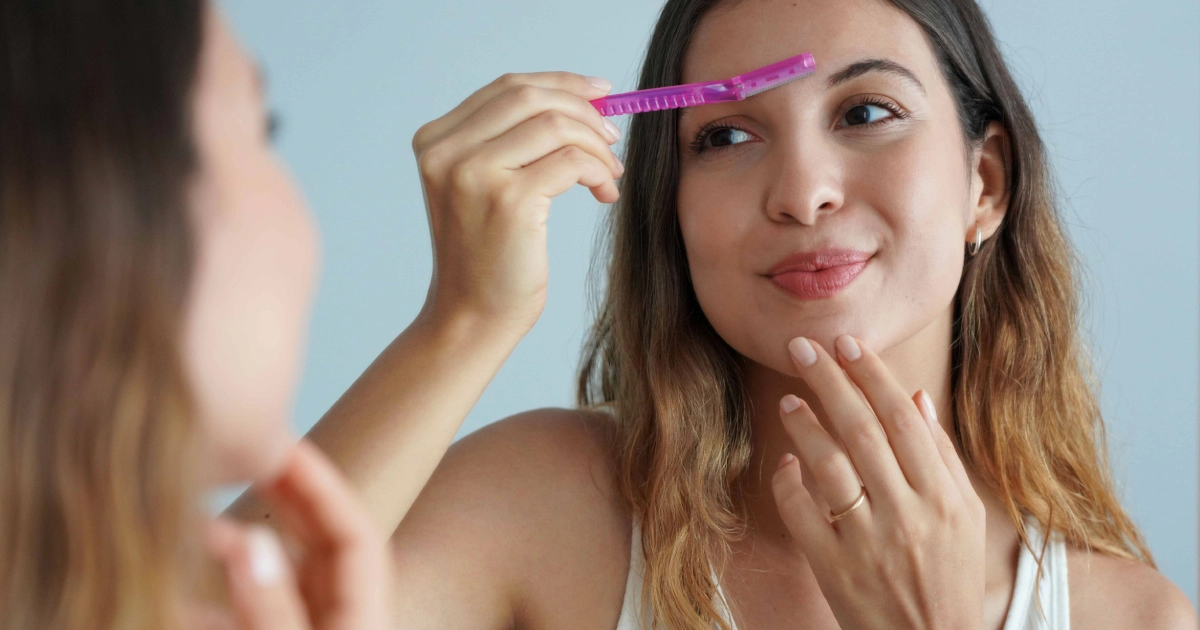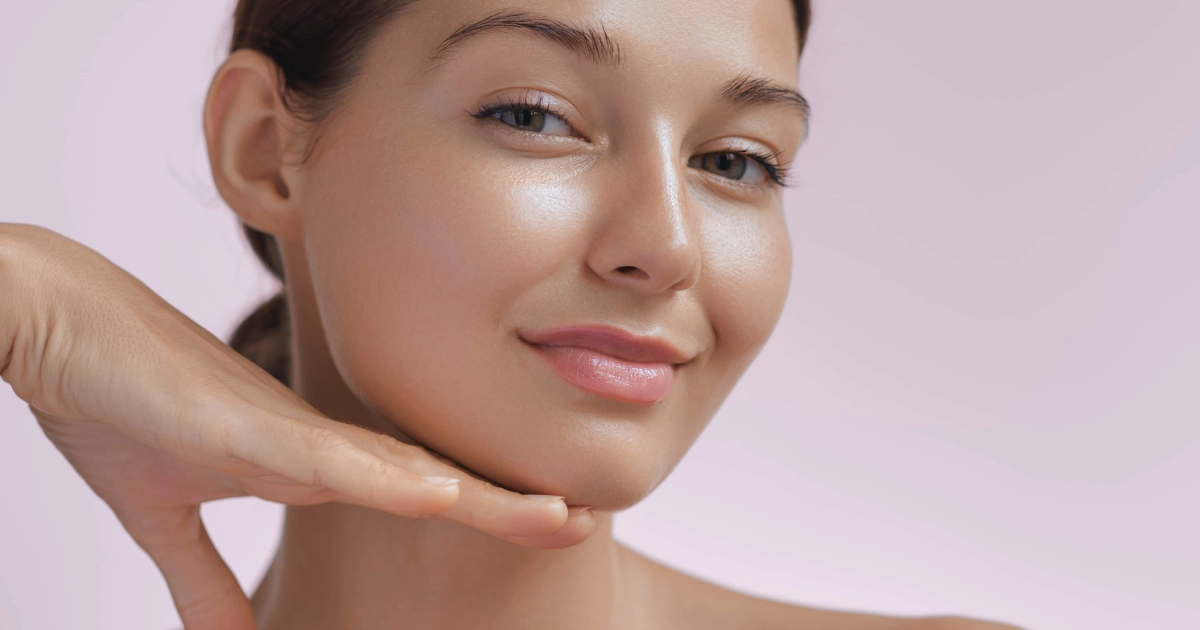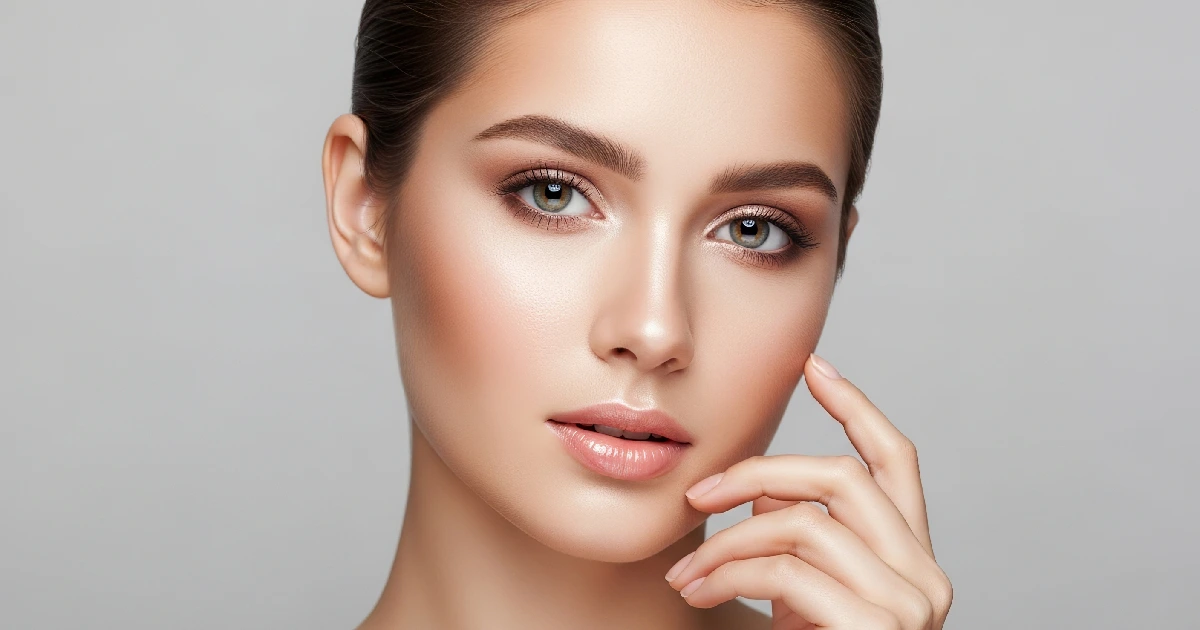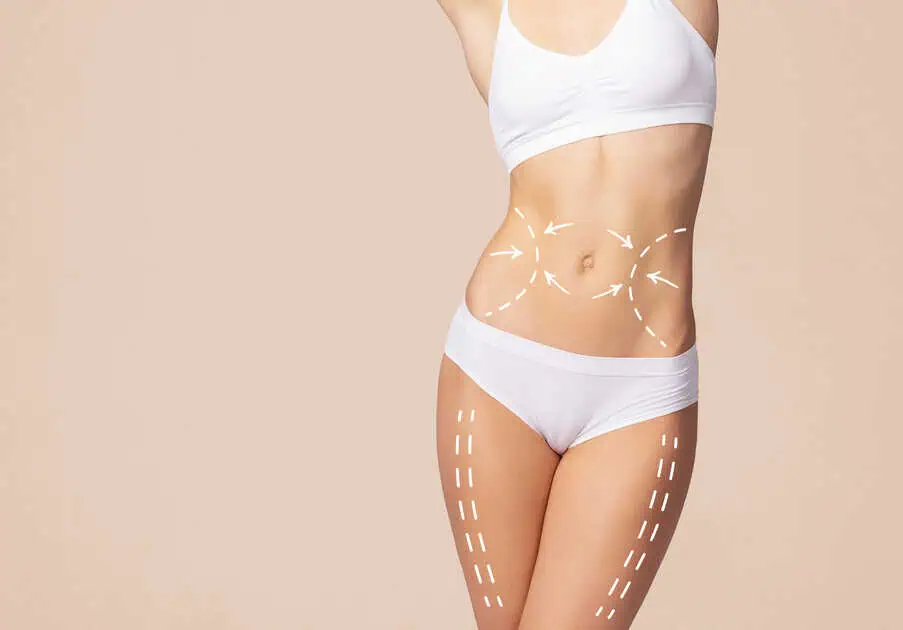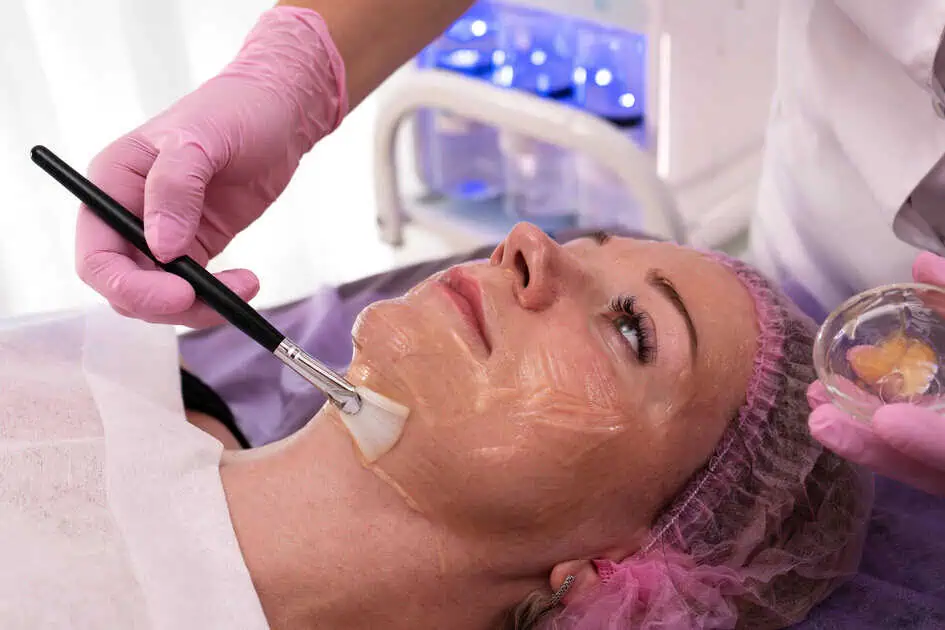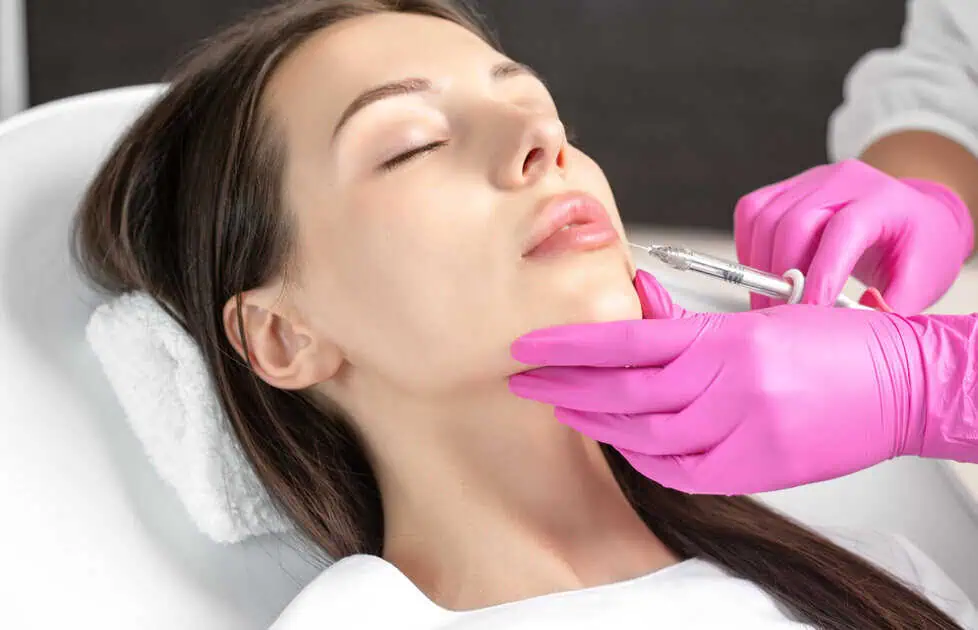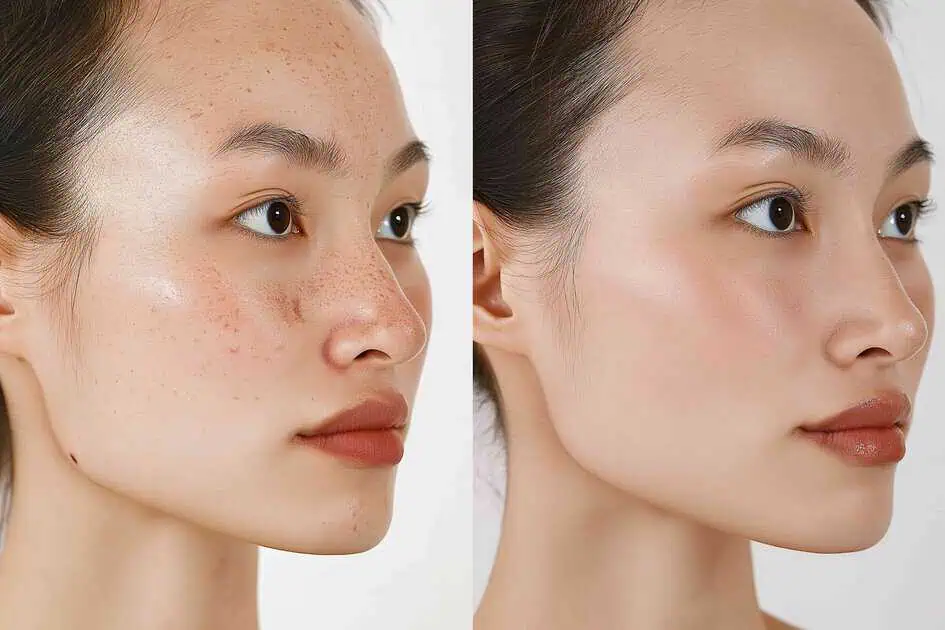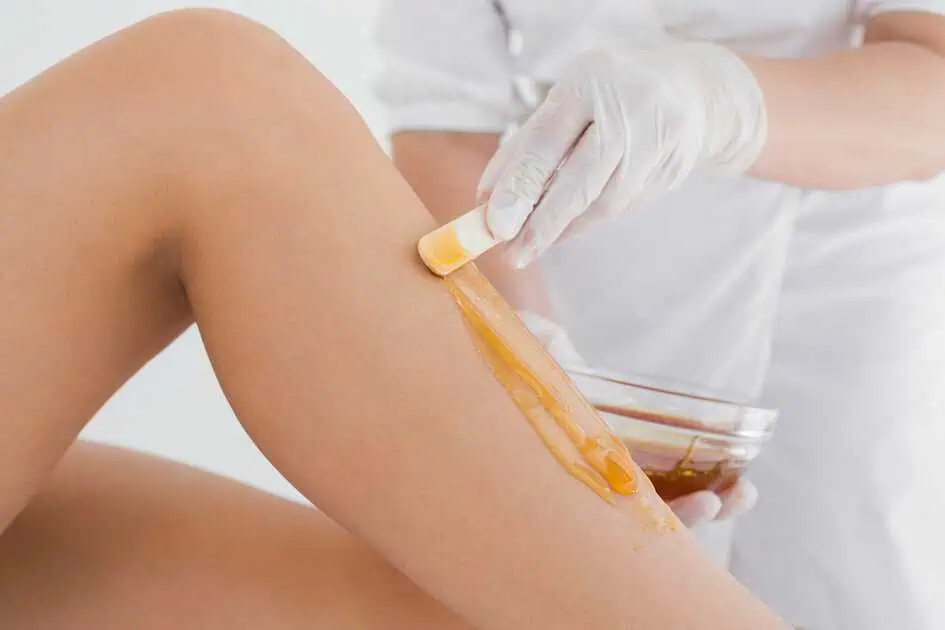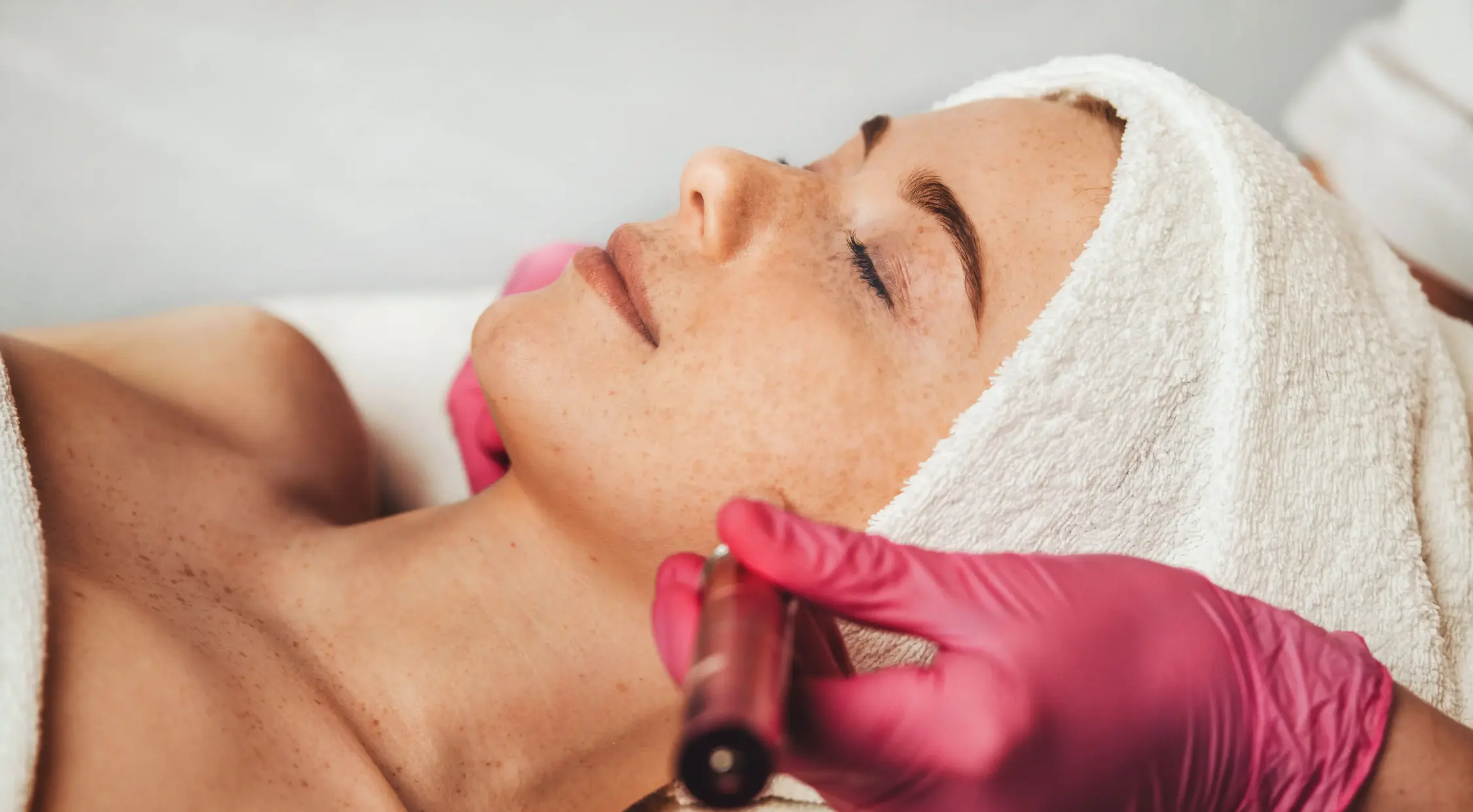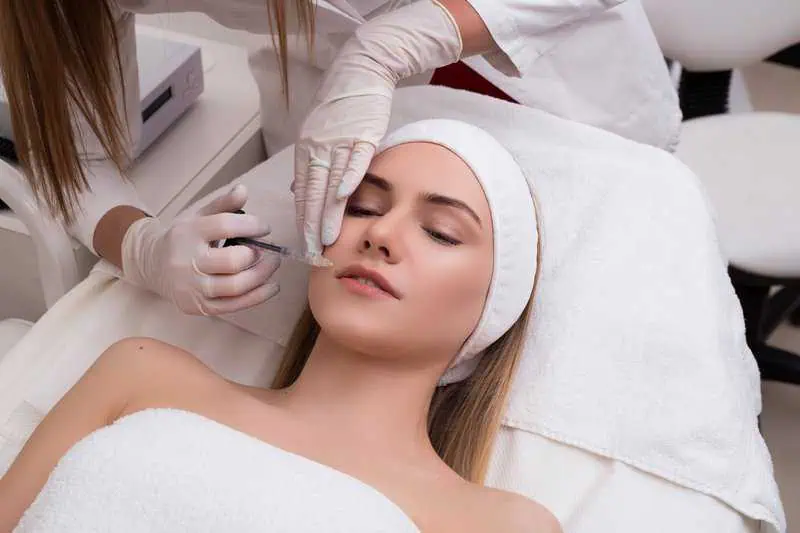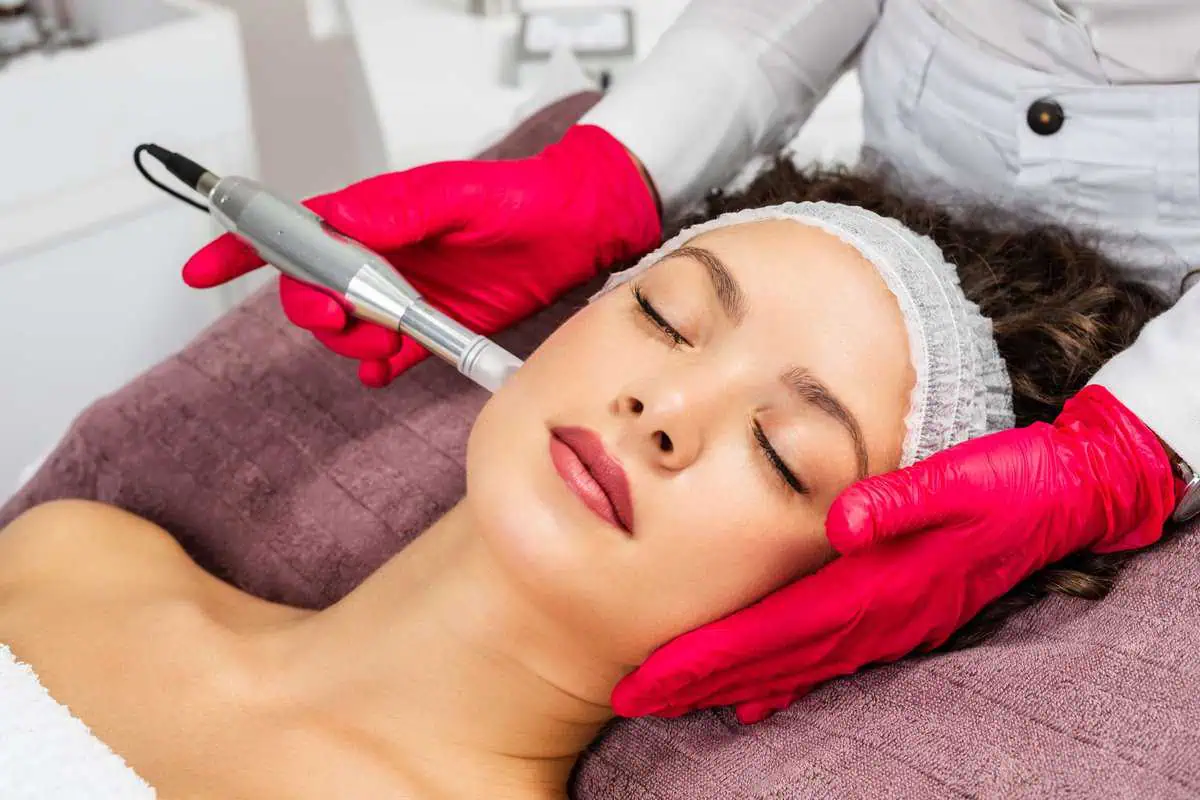Table of Contents
When you’re dealing with acne scars, discoloration, uneven texture, or signs of aging, Skin Treatments & Chemical Peels are often recommended as a non-invasive path toward smoother, healthier-looking skin. But not all peels are created equal. Two options—VI Peel vs chemical peel—offer transformative results, but the best choice depends on your skin goals, downtime preferences, and treatment tolerance.
This guide breaks down how Vi Peel compares to conventional chemical peels, the Benefits of chemical peels, and how to decide which one aligns best with your skincare needs.
What Is a Vi Peel?
The Vi Peel is a branded medium-depth chemical peel known for blending powerful ingredients like trichloroacetic acid (TCA), retinoic acid, salicylic acid, phenol, and vitamin C into a single treatment. It’s designed to penetrate the dermis (the skin’s second layer) to improve tone, texture, and clarity without aggressive side effects.
What makes the Vi Peel unique is its formulation. It’s considered gentler than traditional peels but still delivers significant exfoliation. The blend of acids targets multiple concerns in one treatment—whether you’re addressing acne, hyperpigmentation, or early signs of aging.
What Are Traditional Chemical Peels?
Traditional chemical peels vary widely in strength and composition. They are typically categorized as superficial, medium-depth, or deep peels. Glycolic acid, lactic acid, salicylic acid, and TCA are the most common agents used.
- Light peels (like glycolic or lactic acid) target the epidermis and are often used for minor texture issues and dull skin.
- Medium peels (like TCA) reach the upper dermis and can treat pigmentation, chemical peels, or VI Pels for acne scars, and moderate wrinkles.
- Deep peels (like phenol) address more severe aging concerns but require more downtime.
These peels are versatile and can be tailored for the face, neck, décolletage, and even the hands or back, depending on the client’s concerns.
Key Differences Between Vi Peel and Traditional Chemical Peels
Understanding how the Vi Peel stacks up against older, more traditional chemical peels can help clarify which option is right for you. Here’s a look at how these two treatments differ in formulation, effectiveness, and experience.
1. Formulation and Delivery
- Vi Peel: Pre-mixed proprietary solution with multiple acids and vitamins for multi-targeted results.
- Traditional Peels: Usually contain a single active acid, customized in strength by your aesthetician.
2. Skin Concerns Addressed
Both treatments are excellent for:
- Acne and post-inflammatory hyperpigmentation
- Uneven skin tone
- Fine lines and Chemical peel for sun damage
- Texture irregularities
However, the Vi Peel shines when treating:
- Sensitive skin prone to post-peel inflammation
- Clients looking for results with less downtime
- People who prefer a peel that combines multiple actives in one step
3. Downtime and Side Effects
- Vi Peel typically causes mild flaking around days 3-5 and is well-tolerated by most skin types.
- Depending on their strength, traditional chemical peels may cause more noticeable redness, peeling, and dryness.
4. Treatment Areas
Both peels can be used on the face, neck, chest, hands, and back. The Vi Peel is often selected for more sensitive zones, such as the under-eye area, thanks to its milder yet effective formulation.
5. Results Timeline
Clients typically notice smoother, clearer skin within 7 days after a Vi Peel. Traditional peels may vary: light peels show results within days, medium and deep peels can take up to 2 weeks for full recovery and optimal outcome.
6. Customization
- Vi Peel: One-size-fits-most with built-in ingredients for multi-targeted action
- Chemical peels: Highly customizable in type, strength, and combination
Benefits of Each Peel Type
Both Vi Peel and traditional chemical peels offer noticeable improvements in skin clarity, tone, and texture—but their advantages differ based on how they’re formulated and applied.
Vi Peel Benefits
- Gentle yet effective on sensitive skin
- Targets multiple concerns in a single session
- Shorter downtime
- Helps stimulate collagen
- Safe for all skin tones, including deeper complexions
Traditional Chemical Peel Benefits
- Fully customizable by a licensed provider
- Excellent for treating specific concerns (e.g., acne, deep wrinkles)
- Available in various strengths and acid types
- Proven, long-standing history of use
Pre- and Post-Treatment Care (For Both Peel Types)
To get the most out of your peel and support healthy skin recovery, your prep and aftercare routine matters.
Before Treatment
- Stop using retinoids and exfoliants 3-5 days before your appointment
- Avoid sun exposure and tanning beds a week prior
- Arrive with clean, product-free skin
After Treatment
- Use a soothing, non-comedogenic moisturizer
- Apply broad-spectrum SPF daily
- Avoid exfoliating products for at least a week
- Expect some peeling or flaking, especially with medium peels
Which Peel Should You Choose?
Choosing between the Vi Peel and traditional chemical peels comes down to a few personal factors:
- Skin Sensitivity: Vi Peel tends to be gentler.
- Desired Results: Traditional peels can be more aggressive when treating specific concerns like deep wrinkles.
- Downtime Available: Vi Peel offers less disruption to your schedule.
- Skin Tone: Vi Peel is often recommended for all Fitzpatrick skin types, including deeper complexions that may react unpredictably to stronger peels.
A professional consultation team will help determine the right approach based on your current skin condition and goals.
If you’re considering Chemical peels in Ventura, CA, our providers can help guide you.
Frequently Asked Questions
How soon will I see the results?
With Vi Peel, noticeable improvement begins around day 7. Traditional peels vary, with light peels showing an immediate glow and deeper peels taking 10–14 days.
How long do results last?
Results can last several months. Maintenance peels every few months help prolong the benefits.
Can these peels treat areas besides the face?
Yes. Both can be applied to the neck, chest, hands, and back.
Will my skin peel a lot?
Mild to moderate peeling is normal. Vi Peel tends to flake more subtly, while medium peels may result in more visible exfoliation.
How many treatments will I need?
Some clients notice results after one session. Others with deeper concerns may need a series of 3–6 treatments spaced a few weeks apart.
Are these peels safe for acne-prone skin?
Absolutely. Both types can help reduce acne and prevent future breakouts, especially when paired with a consistent skincare regimen.
Takeaway
When it comes to revitalizing your skin without the downtime or unpredictability of outdated treatments, the Vi Peel stands out as the modern, results-driven option. It’s a smarter, gentler way to reduce acne, pigmentation, fine lines, and uneven skin texture—all with a comfortable recovery experience.
At IWH Medspa, we exclusively offer the Vi Peel because we’ve seen how well it works for a wide range of skin types and concerns. Our licensed providers will assess your skin and walk you through every step to ensure you get the glow you’re after—safely and confidently.

